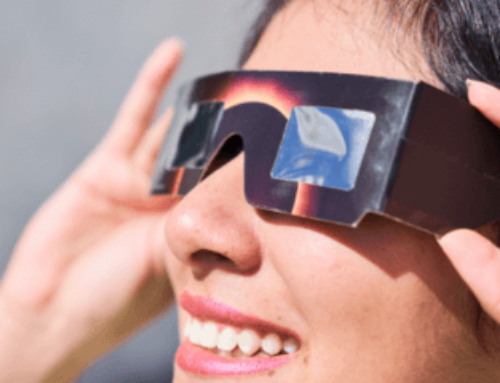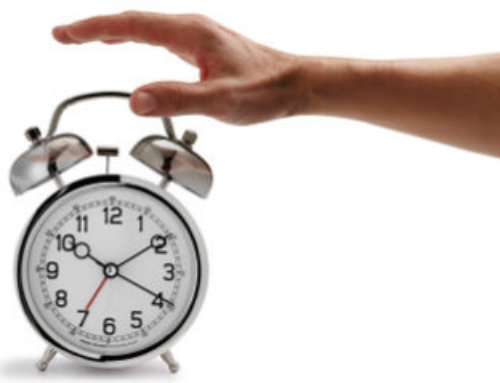DARIEN, IL – In recognition of November as National Diabetes Month, the National Healthy Sleep Awareness Project is advising everyone with Type 2 diabetes to be aware of their high risk for obstructive sleep apnea. The recommendation is part of the Healthy Sleep Project’s “Stop the Snore” public education campaign to increase the proportion of people with symptoms of sleep apnea who talk to a doctor about their risk for this chronic disease.
Research shows that seven in 10 people with Type 2 diabetes also have obstructive sleep apnea, a dangerous condition characterized by episodes of complete or partial airway obstruction during sleep. A warning sign for sleep apnea is snoring, especially when it is combined with choking, gasping or silent breathing pauses.
“People with Type 2 diabetes are much more likely to have obstructive sleep apnea and should discuss their risk for sleep apnea with a doctor,” said Dr. Timothy Morgenthaler, president of the American Academy of Sleep Medicine and national spokesperson for the Healthy Sleep Project. “Common symptoms of sleep apnea include snoring, gasping or choking sounds during sleep, as well as daytime fatigue or sleepiness.”
According to the Centers for Disease Control and Prevention, 28.9 million Americans aged 20 years or older suffer from diabetes. Type 2 diabetes accounts for about 90 to 95 percent of all diagnosed cases.
“Diagnosis of sleep apnea by a board-certified sleep medicine physician and long-term treatment by the team at an accredited sleep center will help patients manage their diabetes,” said Morgenthaler. “Treating sleep apnea in diabetics can lead to improved nighttime glucose levels and insulin sensitivity.”
A University of Chicago study showed that treating sleep apnea with continuous positive airway pressure (CPAP) therapy may have as much of an effect in some diabetes patients as prescribed oral diabetes medications. In the study, one week of optimal CPAP use lowered average 24-hour glucose levels and improved post-breakfast glucose response in Type 2 diabetics with obstructive sleep apnea. The dawn phenomenon, an early-morning increase in blood sugar in people who have Type 2 diabetes, also was reduced by 45 percent as a result of CPAP therapy.
People with Type 2 diabetes can visit www.stopsnoringpledge.org to learn more about sleep apnea, find a local accredited sleep center, and pledge to “Stop the Snore” by talking to a doctor about their risk for sleep apnea.
“Research shows that the number of people suffering from sleep apnea continues to increase,” added Morgenthaler. “The disease afflicts at least 25 million American adults, and most of them remain untreated.”
For more information visit www.projecthealthysleep.org.
About the National Healthy Sleep Awareness Project
The National Healthy Sleep Awareness Project was initiated in 2013 and is funded by the Centers for Disease Control and Prevention through a cooperative agreement with the American Academy of Sleep Medicine. The collaborative project addresses the sleep health focus area of Healthy People 2020, which provides science-based, 10-year national objectives for improving the health of all Americans. The sleep health objectives are to increase the medical evaluation of people with symptoms of obstructive sleep apnea, reduce vehicular crashes due to drowsy driving and ensure more Americans get sufficient sleep. For more information, visit www.sleepeducation.org/healthysleep.








